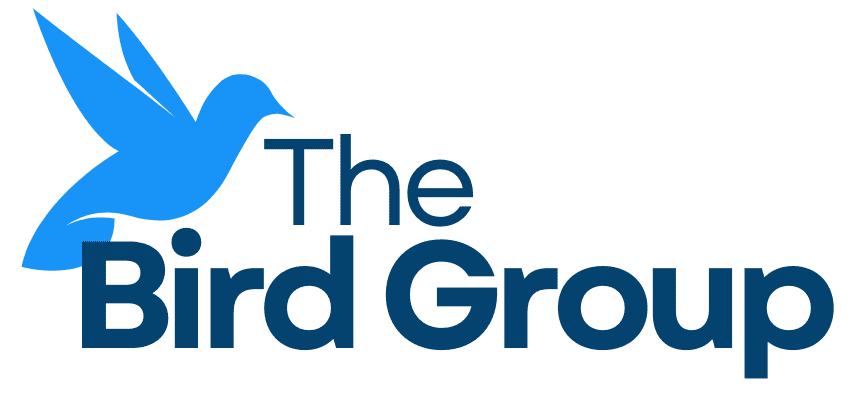A perennial topic at our forums in recent years has been M&A activities. Of course, every attendee is expected to be the acquirer, not the acquired. All mentioned scale is a critical competitive advantage in a consolidating industry where compliance and technology demands grow exponentially.
In the distant past, the definition of “scale” was simple: whatever size you’re at, doubling it within 3-5 years will provide the scale you needed, whether you’re $100MM in assets or $100B. Today, such expectations seem more arbitrary than ever. We all understand and accept the additional burden put on us by more intense supervision, as well as customers of all segments looking to interact with their bank where, when, and how they choose. The latter entails extensive technology investments where size can facilitate the absorption of these heavy-lift projects.
At a recent strategic planning retreat, I had an opportunity to visit with my friend Tom Brown of Second Curve Capital. Tom and I have been friends for decades, and his wisdom rarely led me astray. So I listen most attentively to his views. The retreat also had other speakers, and they promoted M&A transactions to rapidly build toward the necessary scale to maintain and grow your competitive advantage. Tom Brown, as usual, took a contrarian view.
First, Tom pointed out four pertinent facts:
1.) The banking industry is consolidating at a rate of about 4% a year
2.) There is no correlation between profitability, growth rate, or efficiency ratio with P/E multiples
3.) Size by itself does not necessarily translate into scale or efficiencies
4.) Past M&A transactions destroyed shareholder value for roughly 70% of the transactions.
The lesson: It IS possible to use M&A to achieve strategic goals such as scale or efficiency; however, the odds that you will get the desired outcome are relatively low
There are many reasons why M&A transactions fall short of expectations. Among them are elements such as overpaying in the first place, base assumptions, including cost takeout levels, integration failures, both cultural and financial, and lack of accountability for the desired outcomes of the transaction.
It is not too complicated to increase your likelihood of success when embarking on a transaction: Know what you’re looking for in the deal and do not compromise; buy digestible institutions; determine the value even before the negotiations commence and have the nerve to walk away; assume revenue impact of -5-7% and overly optimistic cost reduction numbers; establish a look back process every six months to measure results against budget, and hold people accountable for performance.
So… are growth or death the only two options available to banks today? Tom Brown and I agree that growth is essential, but acquisitions are not. Organic growth is the pride we are all after. Organic growth is one of the most challenging goals to achieve. Consistent organic growth is even harder – only 10% of companies could sustain organic growth for over a decade.
The path to success started with Michael Porter three decades ago: Focus is the key. Choose what not to do, said Porter. That focus is elusive as you grow because growth all too often brings with it bureaucracy, unnecessary complexity diluted organizational agility, and mission clarity. Growth, in a sense, throws you into a vicious circle as it beats complexity, which, in turn, impedes growth.
Growth is further complicated by the mindset of many leaders who want to I protect their legacy and past successes. Such leaders play not to lose instead of playing to win. They settle for being average to avoid mistakes created through experimentation and innovation. Organic growth and customer engagement can’t be achieved with that mindset.
Here’s a lesson room that reminded me of Steve Jobs: When he returned to Apple, he cut the product line by 70% (!!!) and the supply chain from 100 to 24. Flattening, simplifying, and nimbleness were all at the core of his success.
Following in his footsteps means:
- Take a fresh look at your main constituencies and learn who are the 20% of customers, products, geographies and employees that create the most value for you. Focusing on retaining and expanding your relationships with these 20% folks is the first step toward focus.
- Focus primarily on the front line and the people who create your brand promise for your customers. Breakthrough unwieldy organizational layers to allow feedback and information to flow freely from the bottom to the top and vice versa.
- Execute meritocracy by rewarding those who contribute the most to your success.
The bottom line is to think big, act small, and institute bias for action in your organizations. With that shift, organic growth will follow with exemplary leadership.
